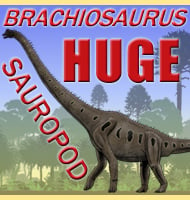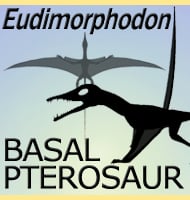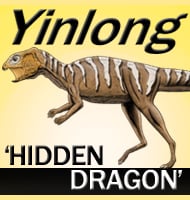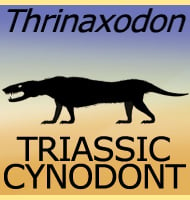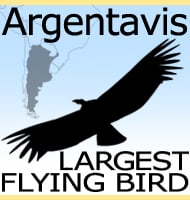In Depth
As a genus Sinoconodon represents one of the most primitive mammaliaforms currently known to science. There were once four species of Sinoconodon named, but it was eventually realised that all of these fossils represented individuals of the same species but at different growth stages. Only the type species, S. rigneyi today remains valid.
Further Reading
- A triconodont mammal from the Triassic of Yunnan. International Colloquium on the Evolution of Lower and Non Specialized Mammals. Koninklijke Vlaamse Academir voor Wetenschappen, Letteren en Schone Kunsten can Belgie 129-191. - B. Patterson & E. C. Olson - 1961. - [Two primitive mammals from Lufeng, Yunnan]. Selected Works of Yang Zhungjian. - Science Press, Beijing 21-25. - C. -C. Young - 1982. - New material and new understanding of Sinoconodon. - Vertebrata Palasialica, 21: 32-41. - F. Zhang & G. Cui - 1983. - Cranial structure and relationships of the Liassic mammal Sinoconodon. - Zoological Journal of Linnean Society 85:99-119. - A. W. Crompton - 1985.

